Shades of Colour is an underwater photo competition which we've been running for years in Dive Pacific magazine, which is published bi-monthly. Enter and you might have your image published in the magazine, as well as win Sea Tech vouchers!
All images are copyright the photographer and used by permission. Please contact us if you wish to use any of these images and we can put you in touch with them.
Back to this Fun Underwater Photography Competition!
by Dave Moran
It is just fantastic to have this fun photographic competition up and running again after a long break due to Covid-19. It is also very encouraging to receive quite a few submissions. Sophie Fraser at Sea Tech has done a great job in advising you all that the Competition is BACK! A big thanks to you all for entering, appreciated. Most of the entries could be improved by all the elements that the judges have mentioned in the past. Framing the shot (image) with the Rule of Thirds* in mind.
Sharp Focus.
Lighting. Light is the added ingredient that lifts an image off the page! Many images we have received over the years have suffered from poor lighting. All the winners in this issue’s Competition have lit their subject very well using strobes (flash) or a constant LED light source. Cropping the image to remove any distracting black spots or a very bright colours eg. A brightly-coloured sponge that drags the viewer’s eye away from the main subject within the image.
Editing. Using editing programs such as Photoshop is totally OK to improve an image! For example, removing backscatter, cropping and adjusting colours etc.
Two other elements that can present themselves on the day of your dive that can give you that magical winning edge:
The Wow factor!
It’s an image that when people view it, one of their immediate reactions is, “Wow that is amazing.” This could be an images of a large manta ray which divers have been seeing in northern waters of New Zealand (Poor Knights Island etc). Or a super sharp micro image of a cleaner shrimp doing some housework inside a fish’s gills! This is down to luck – but you increase your luck by diving more and practicing more.
Originality
This is a tricky element! Many of you will be thinking, there is hardly anything these days that has not been photographed – true!
Before taking a shot, seriously consider different angles and adjusting your lighting to create a different visual experience of a subject that has been photographed many times before. To practice this skill, it’s best to start with subjects that are moving slowly or not at all. For example, crayfish, nudibranchs or scorpionfish. A good example is our Novice winner, Warrick Powrie’s nudibranch which we think is from the Eubranchidae family.
*The Rule of Thirds is a common compositional technique that divides your frame into an equal, three-by-three grid with two horizontal lines and two vertical lines that intersect at four points. The Rule of Thirds places your subject on the left-third or right-third of the frame, creating a pleasing composition.
This Issue’s Winners:
Advanced Category Winner:

Congratulations David Haintz, Australia.
David was exploring the waters surround South Chanell Port in Port Phillip Bay Victoria, Australia when he came across this stunning Cuttlefish.
Judges’ Comments
Wonderful natural history image.
This image has action, showing a cuttlefish with all its food-grabbing arms stretched forward ready to pounce! Its body colours have been adjusted to blend in with the surrounding Eckionia kelp thus helping to camouflage its presence. The sunburst rays penetrating the water adds extra background lighting to this wide-angle image.
The twin Ikelite strobes have delivered the vibrant colours of the kelp and Cuttlefish – well done! A little backscatter can be seen in the rays of sunlight – but this is minimal.Having the subject swimming left to right is always a bonus as western viewers eyes unconsciously scan from left to right.
David receives a Gift Voucher for $100.00
Advanced Highly Commended:

Congratulations Alex Stammers, New Zealand.
Alex is a regular visitor to Goat Island Marine Reserve, just North of Auckland. It was established in 1975. The abundance of marine life there is a true window into what a healthy marine ecosystem can be.
Alex knows before he gets in the water that he will be spoiled by the number of photographic subjects to choose from! His challenge is to photograph a subject differently than before. This time it was a large Snapper.
Judges’ Comments:
To obtain this type of image takes a lot of technical skill and the specific type of camera/lens being used.
- Alex’s very wide Tokina 10–17mm lens has allowed him to be very close to the snapper and still have the 90% of the fish in the image.
- Selecting a slow shutter speed in combination with rear synchronization* of the flash to deliver the blurring effect of movement!
- By spinning the camera as he took the image Alex bought the snappers’ head into focus.
We wondered how many times Alex has tried to obtain this result? Well done Alex!
*Rear-curtain sync is the opposite of front-curtain flash, with the flash burst firing at the end of the exposure. It only starts to make a difference when used in conjunction with a slow shutter speed. This combination allows you to capture the subject in tack-sharp detail but also get some motion blur in the shot. This gives your image a sense of speed and is can be much more pleasing than the ‘frozen’ effect you get with normal flash.
Alex receives a Gift Voucher for NZ$75.
Novice Category Winner:

Congratulations, Warrick Powrie, New Zealand
This must be a pre-Covid-19 picture as it was taken in Bali, Indonesia.
A wonderful nudibranch find amongst the masses of subjects that present themselves to be photographed in Bali’s abundant tropical marine environment.
Well done, Warrick.
Judges’ Comments:
This image definitely has that magical effect of making you take a second look – then a third and a fourth!
This particular nudibranch which we think is from the Eubranchidae family is usually found clinging to a hydroid. We like how the arrow-like shapes created hydroid branches lead your eyes to the nudibranch. Interestingly, the internal ‘branches’ of its tentacles match the markings of the hydroid.
The camera angle and lighting are excellent. The lighting was via a constant LED light, rather than a flash. Using a constant light source to light up your subject is a great way to photograph motionless or slow-moving subjects.
Warrick receives a Gift Voucher for NZ$75.
Novice Highly Commended:

Congratulations Jack Abbott, New Zealand.
Hanging, suspended in isolation 40kms off the East of Cape Colville at the Northern tip of the Coromandel Peninsula lies magical Cuvier Island. Renowned for its population of large Kingfish and Snapper as well as Boarfish. It’s a Bucket List destination for keen spearfishermen! Great that Jack was keen to take some pictures of the abundant reef fish that live in harmony with Cuvier Island’s resident fish population. Magical picture Jack!
Judges’ Comments:
The joy of freedom when free diving is captured in this simple image. We really enjoyed the co-incidence of all the silver fish pointing right whilst the red one heads left. No expanding air bubbles to disturb this male red pigfish, allowing Jack to get fairly close with his 12-50mm wide-angle lens.
Lighting is perhaps a little lacking – though with only one strobe, it’s well done. A good example of the camera/strobe’s TTL in action. Some minor cropping below the fish would help to lessen the urge for your eyes to be pulled to the bottom right corner of the image, but otherwise, Jack is spot on.
Advanced category
Click on an image to enlarge and see photo details








Novice
















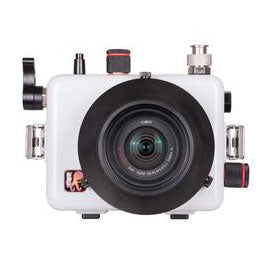
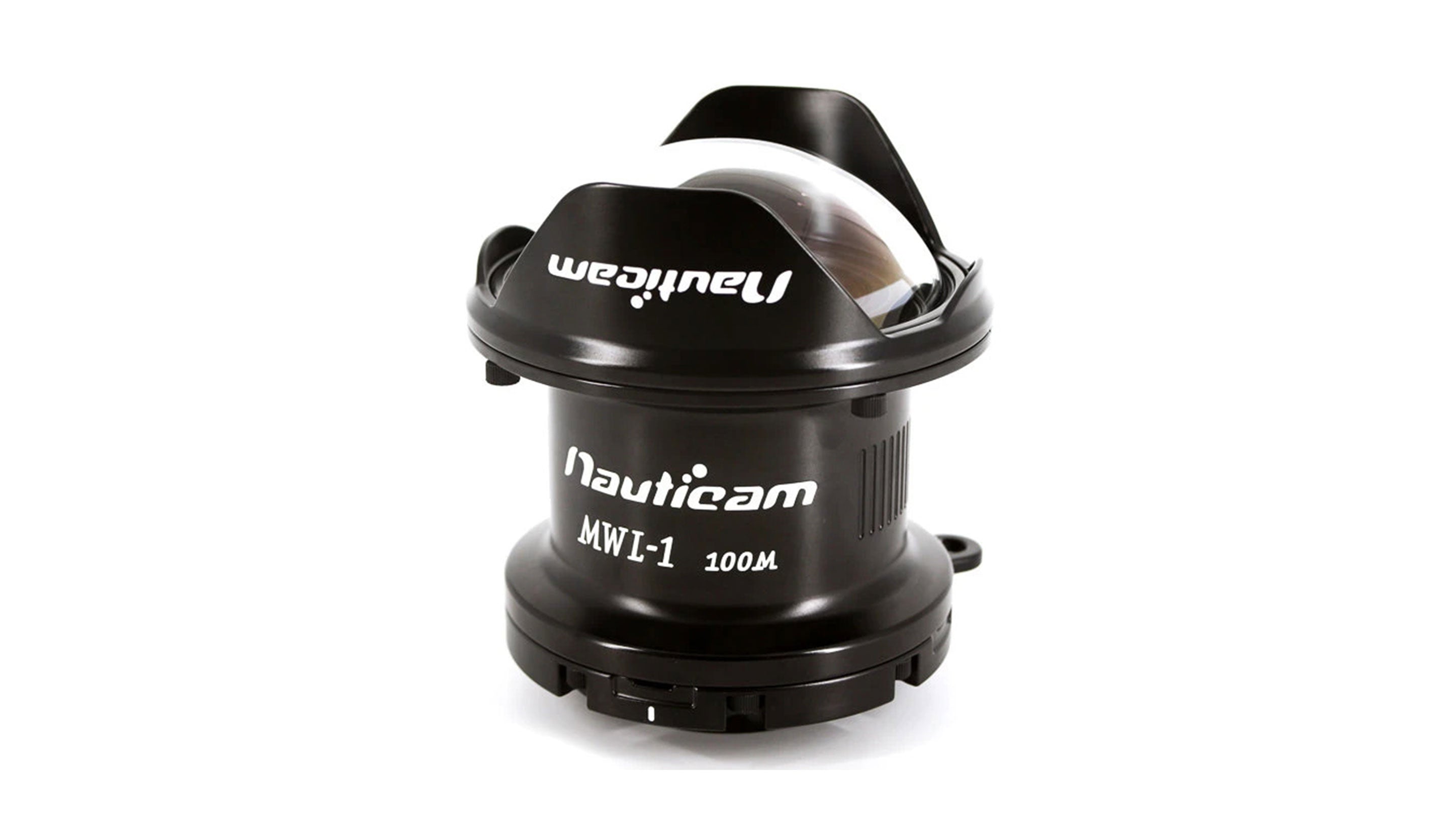
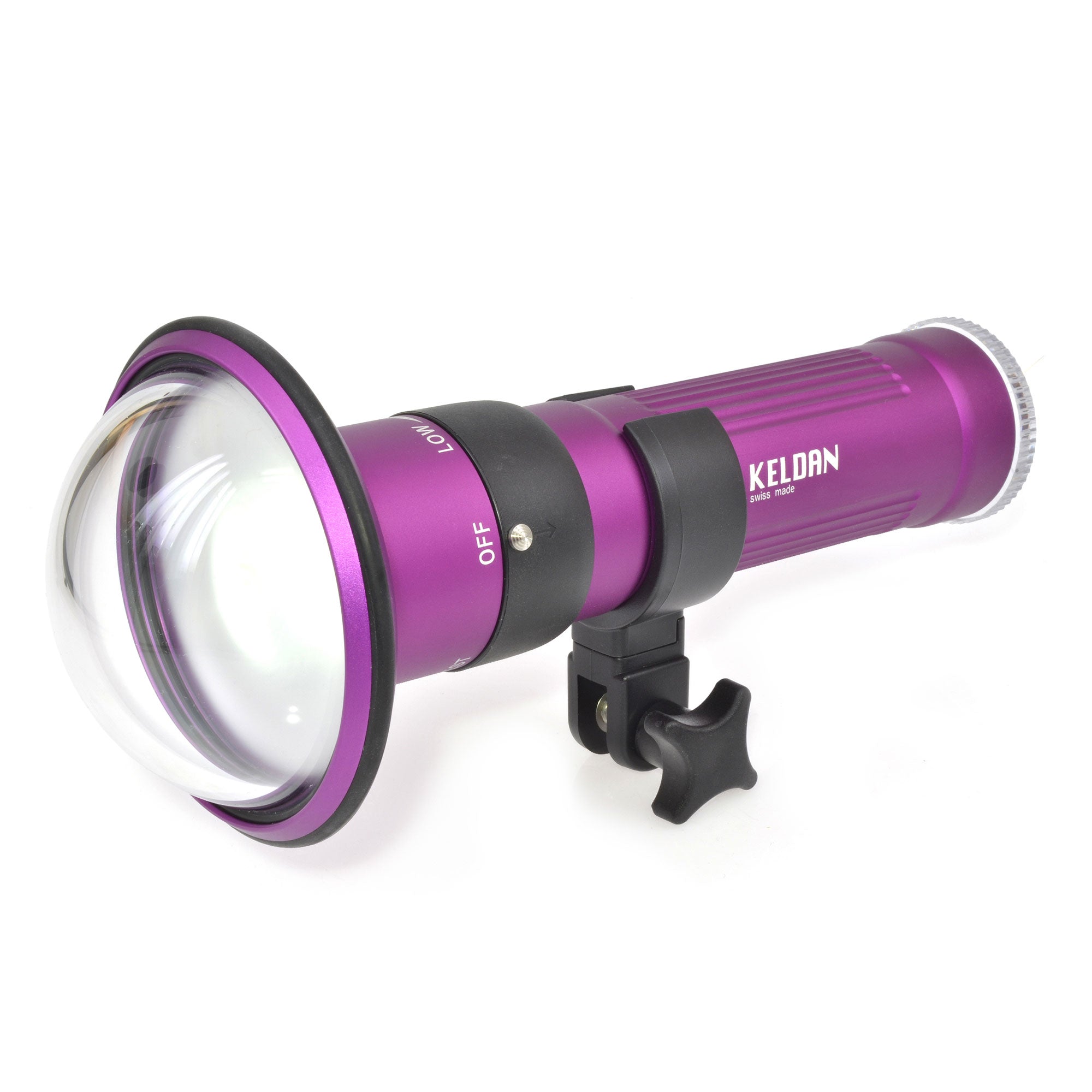
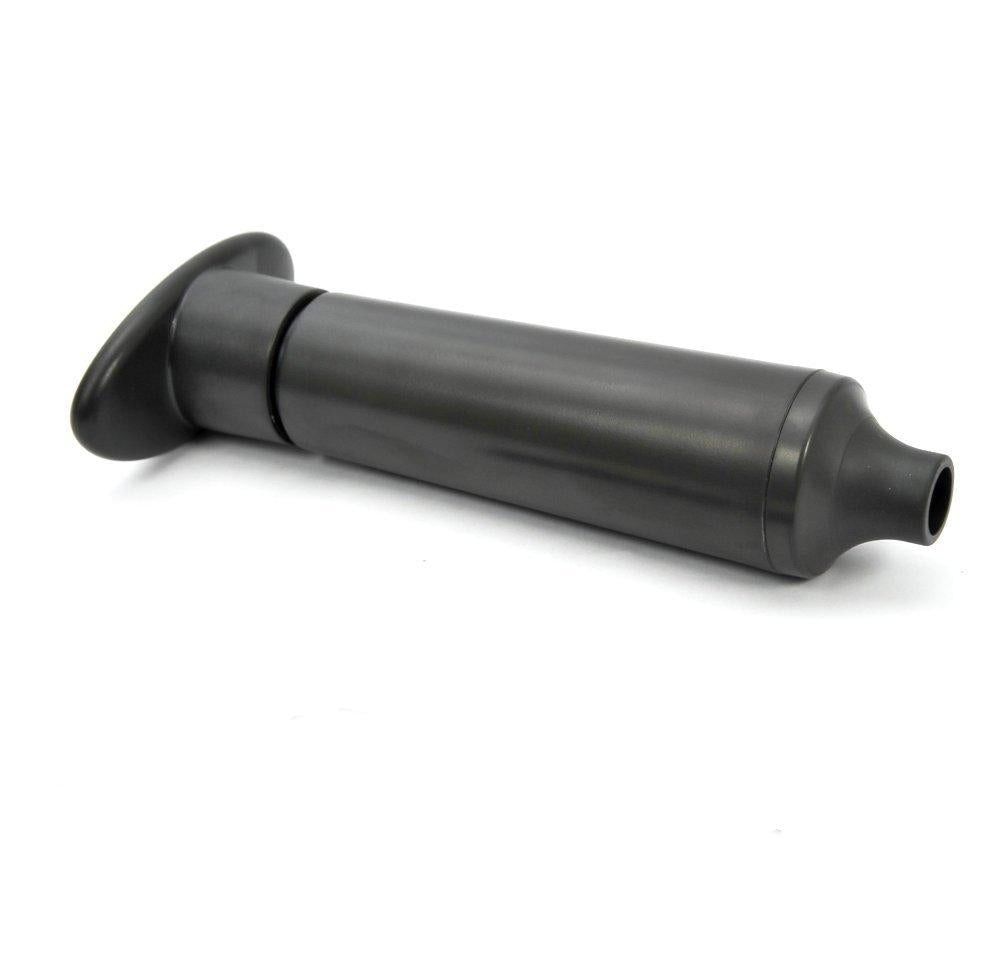
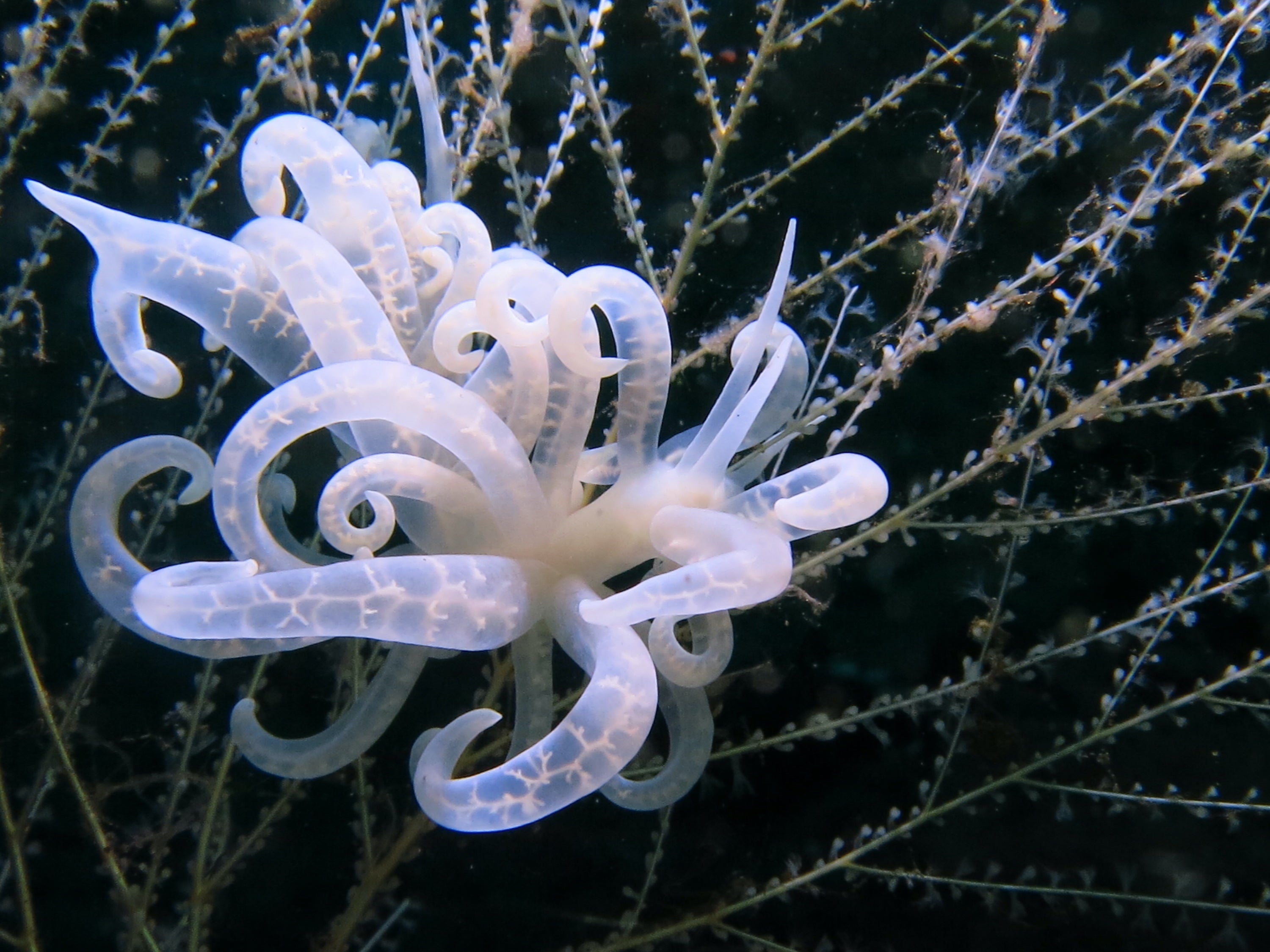
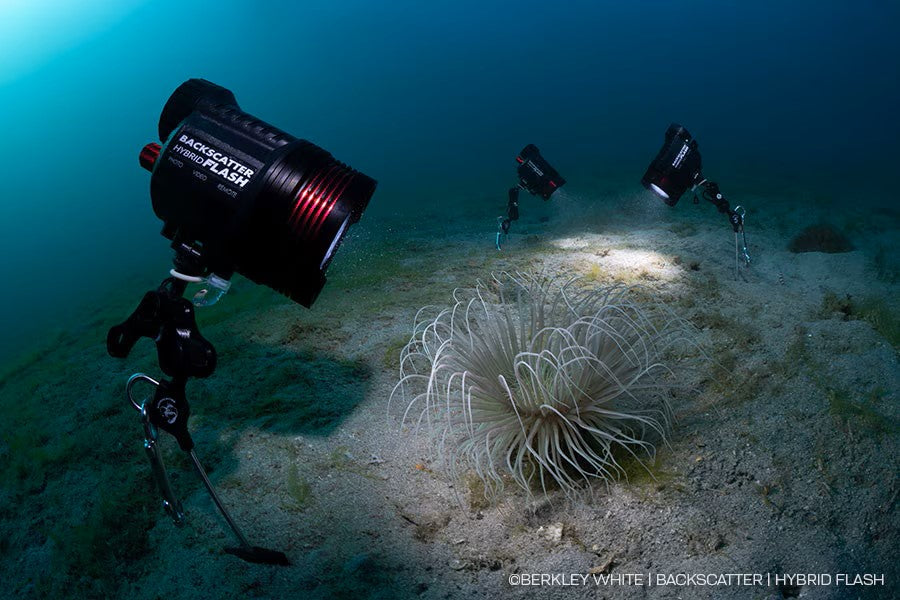
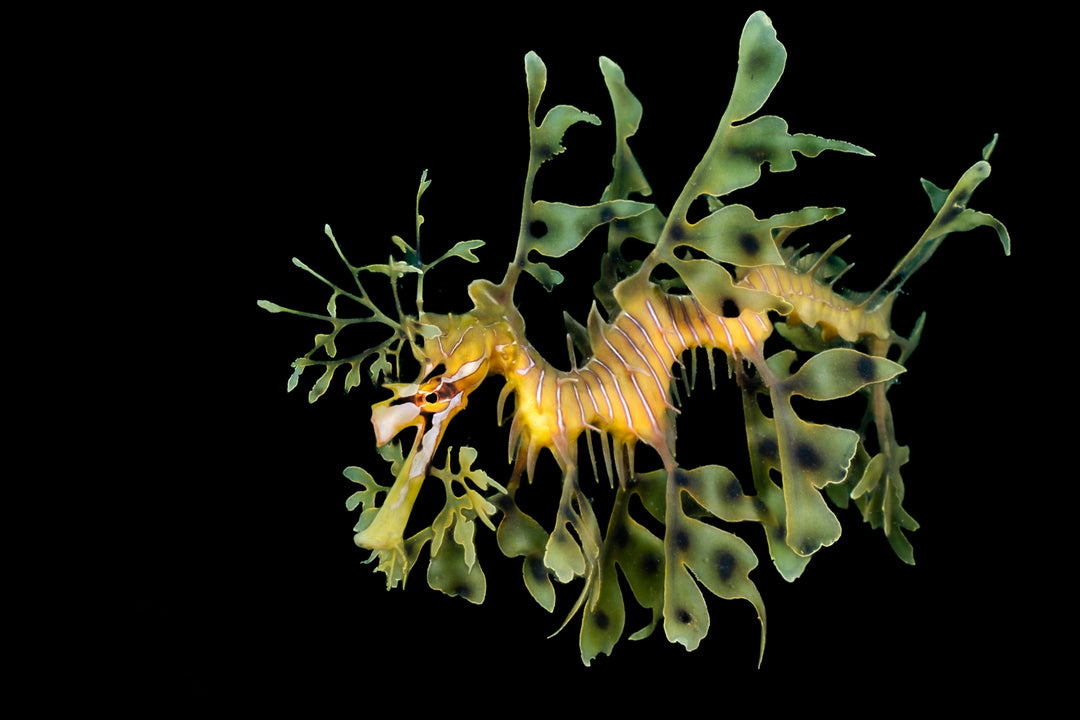
![Ikelite: 5 Situations Where You Need Strobes Underwater [VIDEO]](http://www.seatech.co.nz/cdn/shop/articles/6_REASONS_COVER_STROBES.webp?v=1752200834&width=1080)
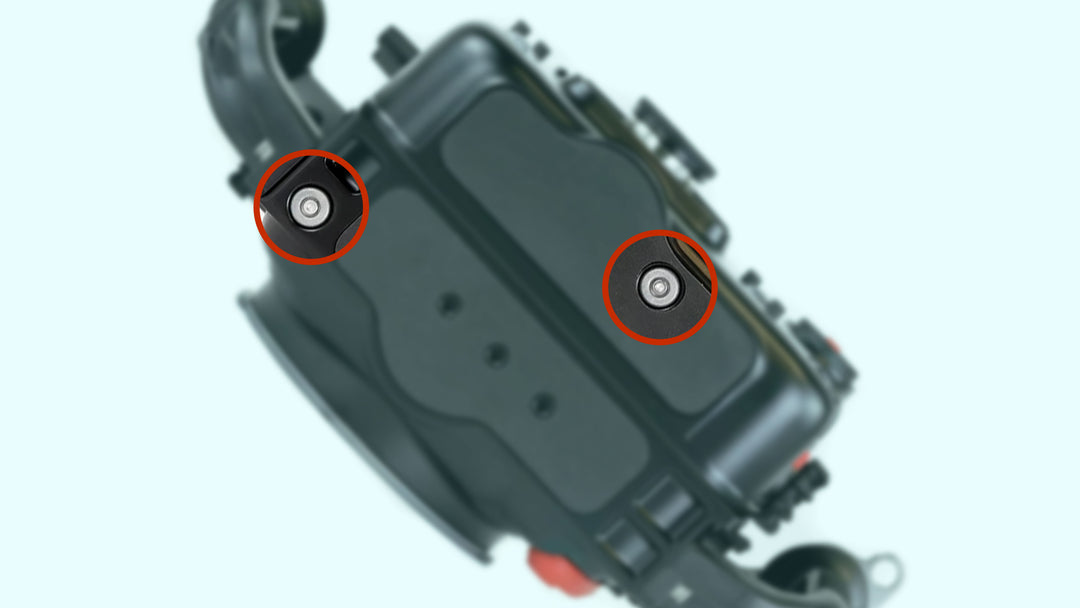
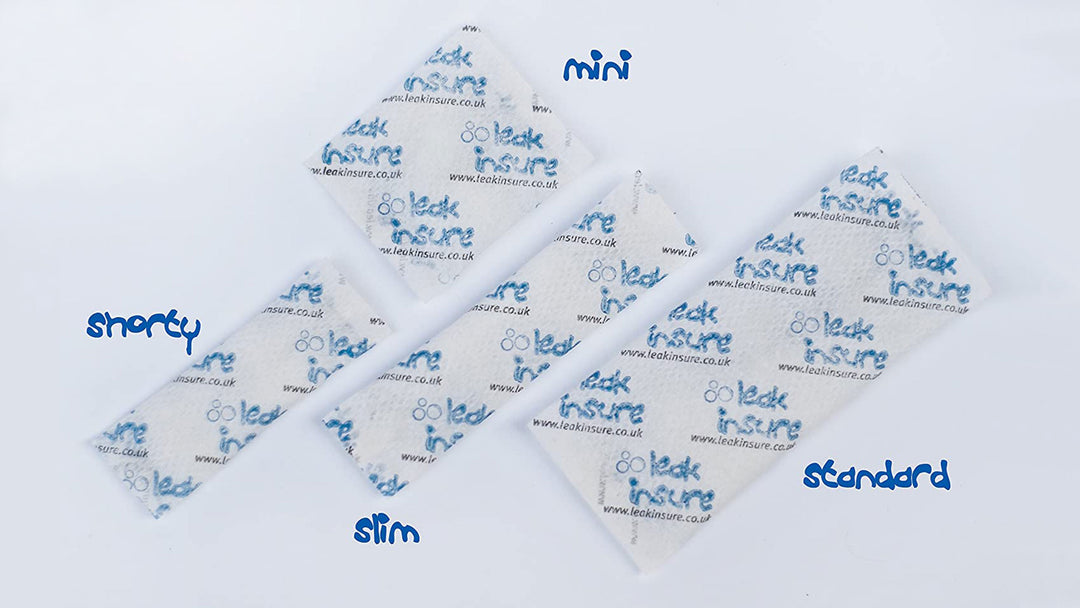
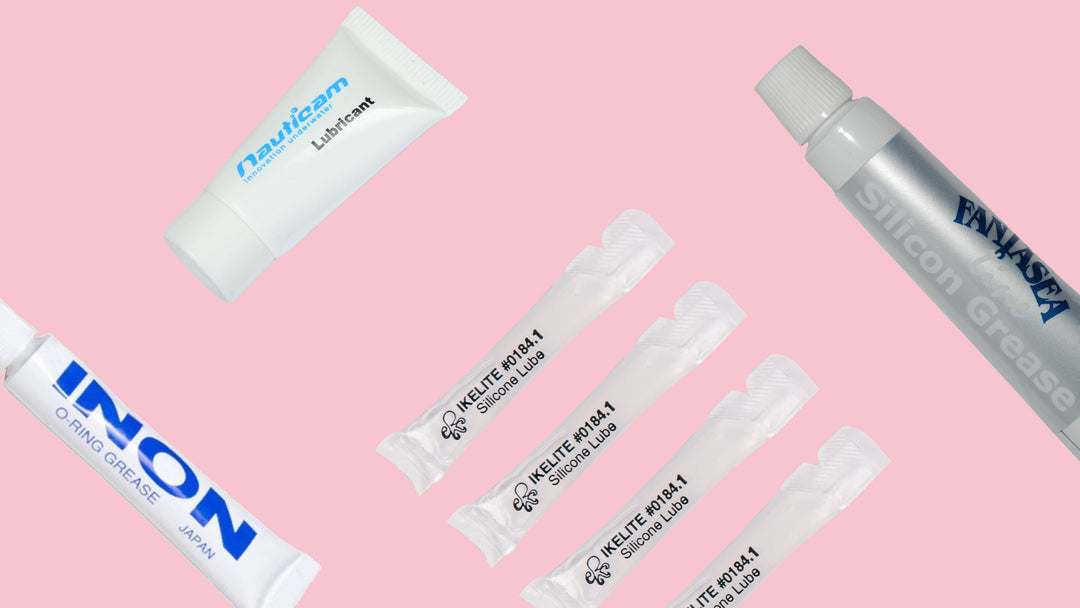
Leave a comment